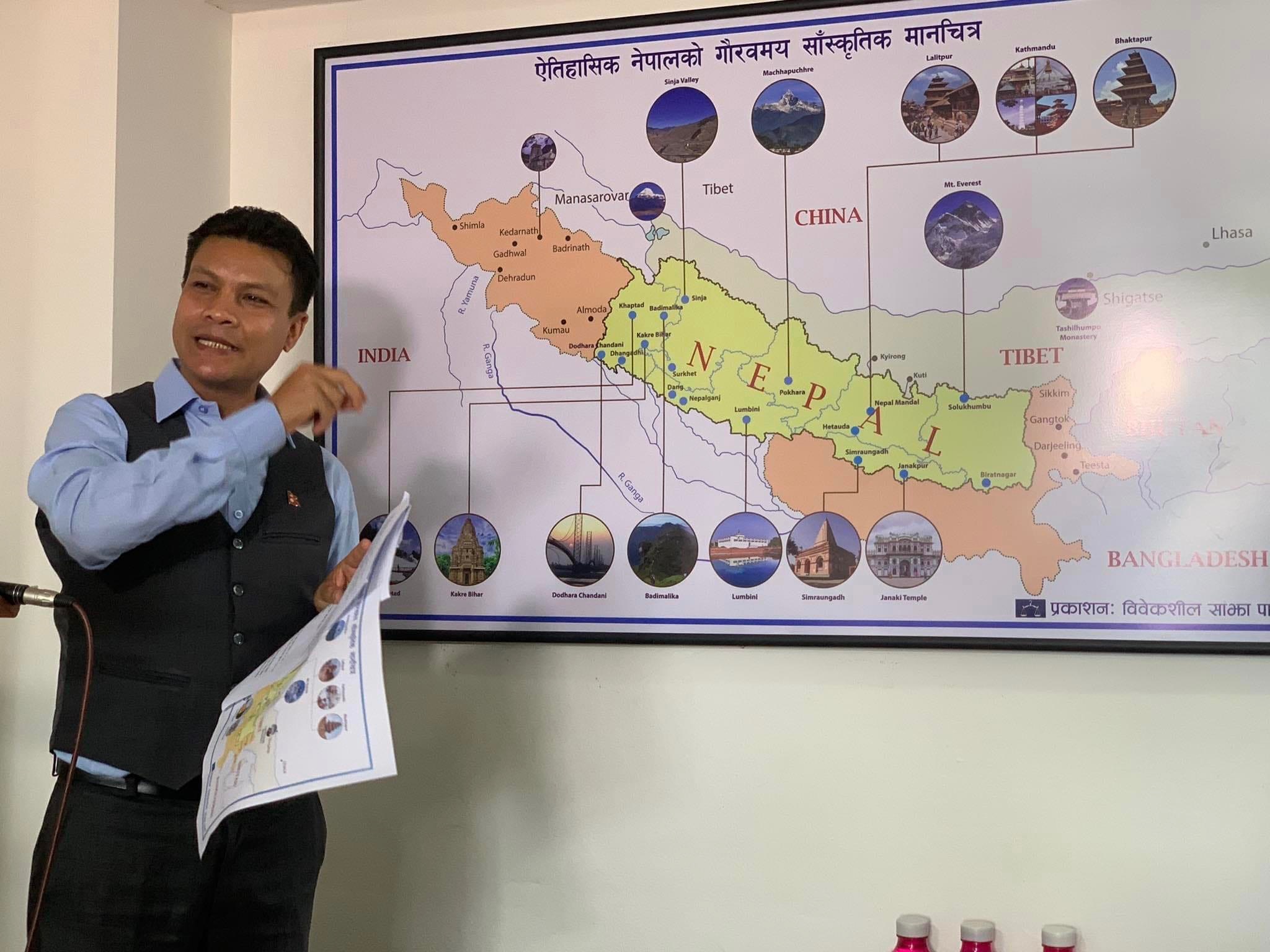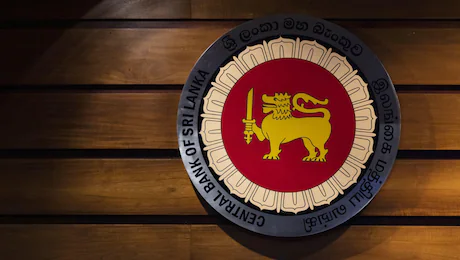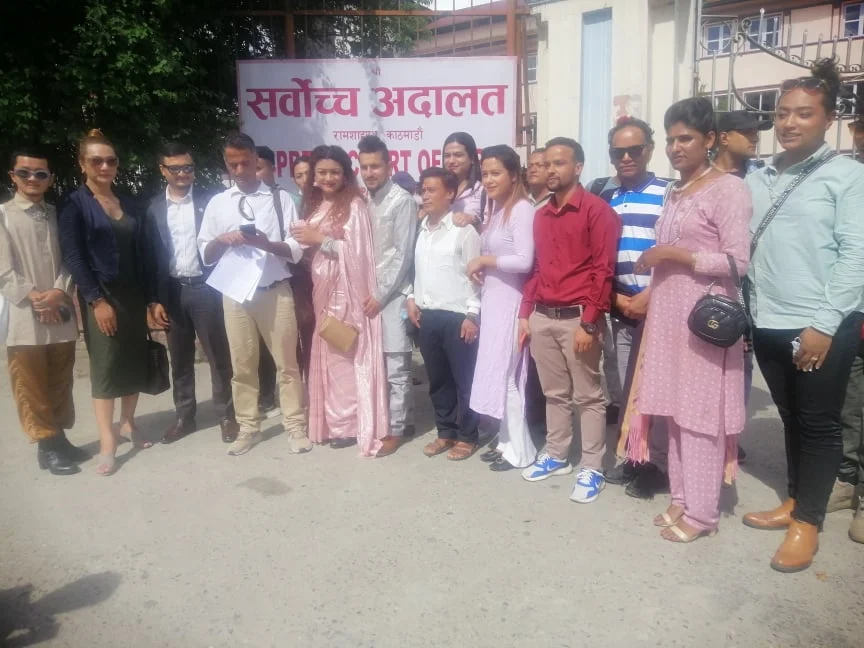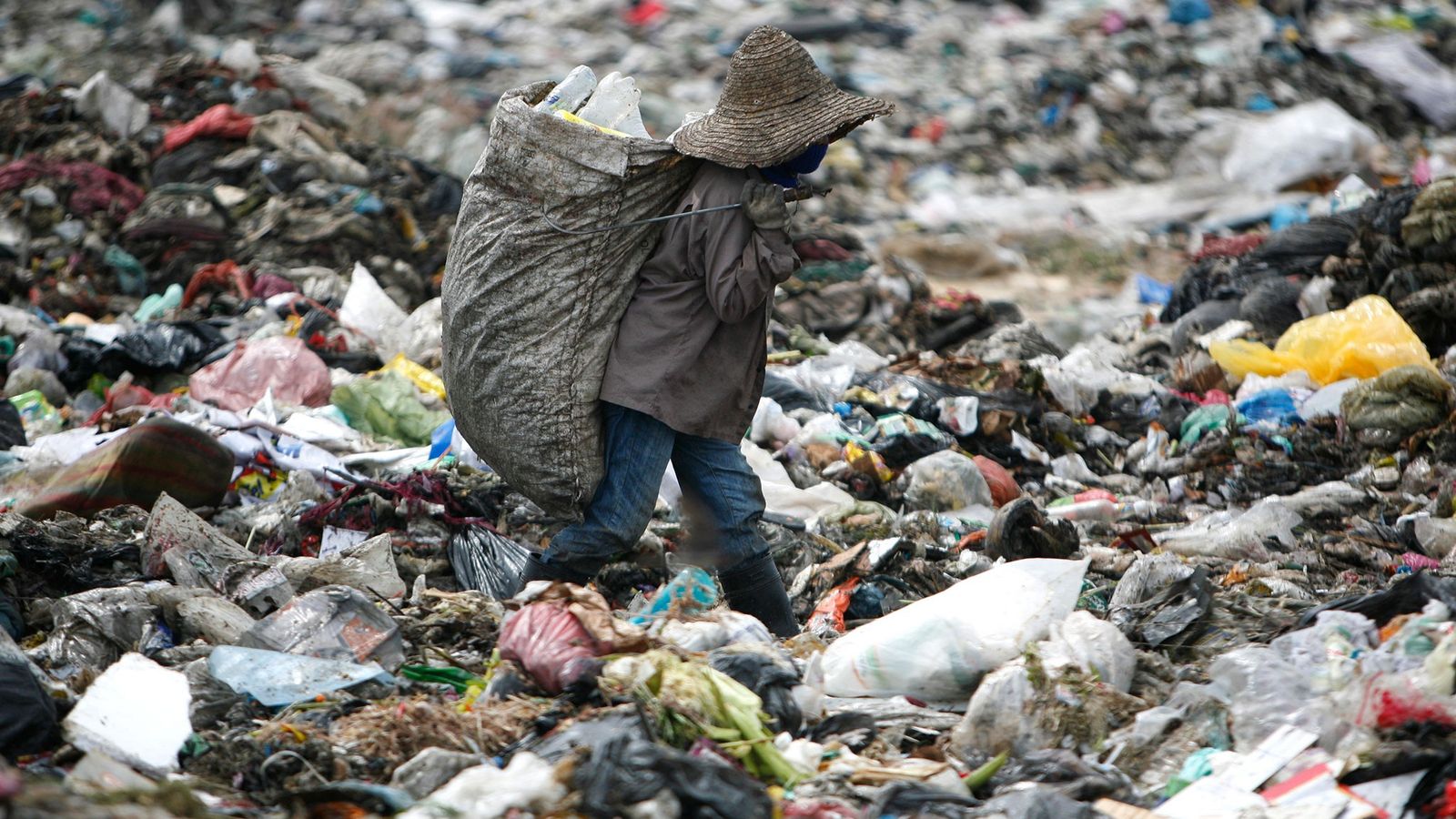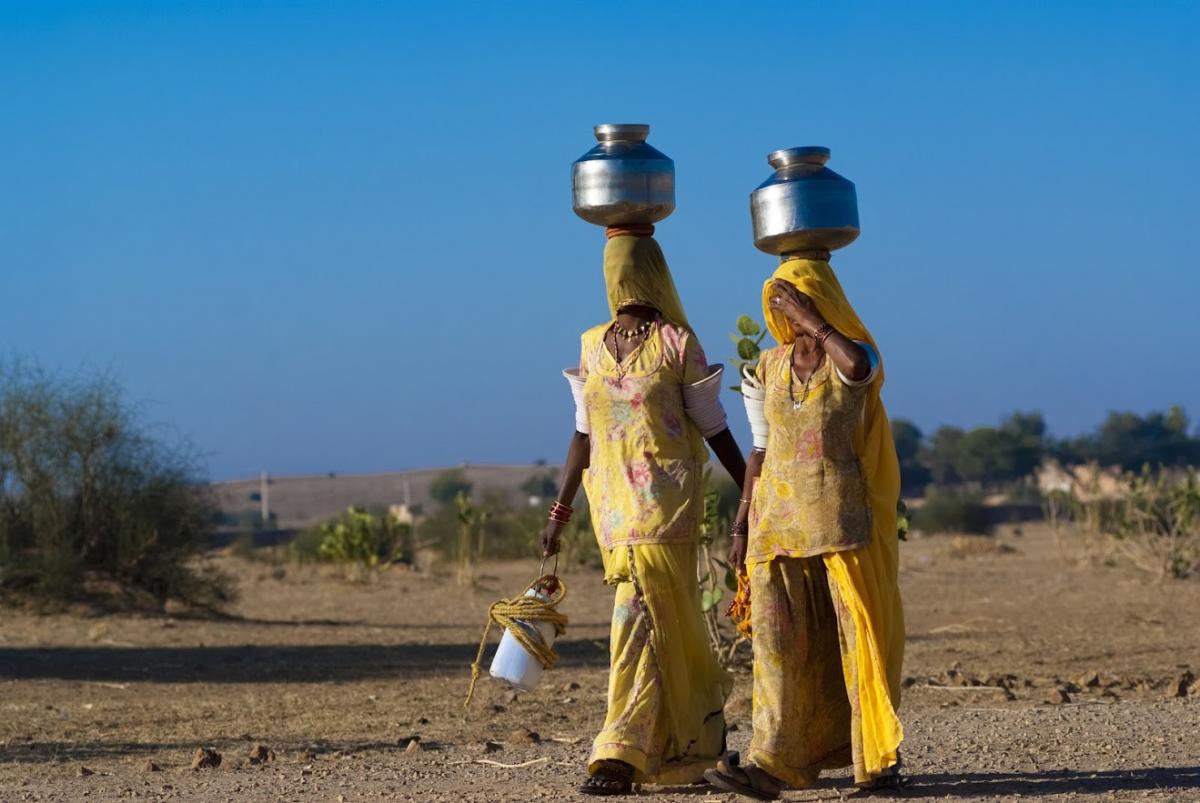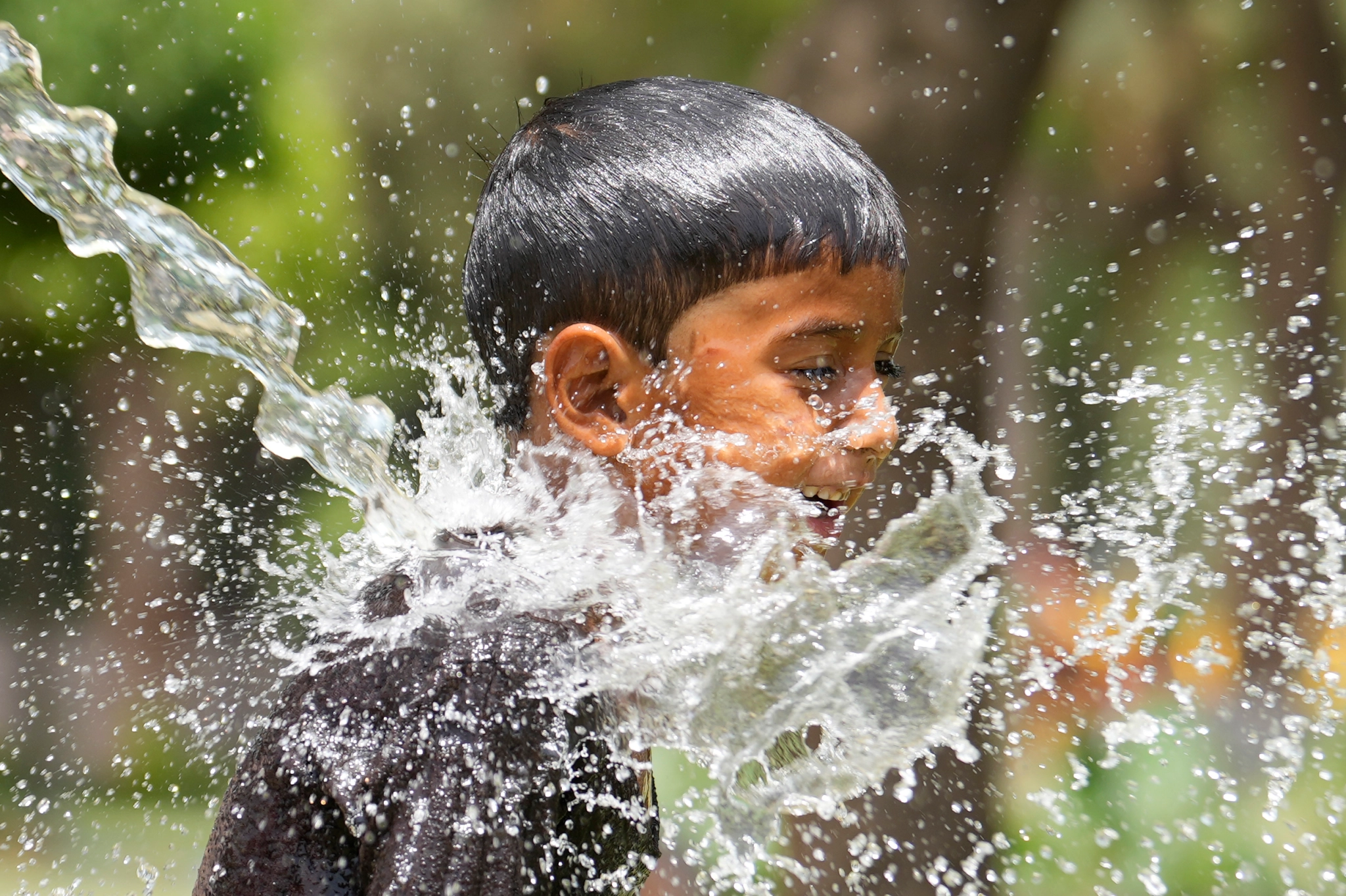PTI — Elon Musk wants his Starlink to beam down wireless internet in India from satellites orbiting the earth, but the licensing regime his group favours has put him at odds with Mukesh Ambani’s Reliance.
After meeting Prime Minister Narendra Modi in New York last week, Musk on June 21 said he was keen to launch Starlink in India that “can be incredibly helpful” in bringing the internet to remote villages that lack on-ground infrastructure.
But Starlink wants India to just assign a license for the service and not insist on auctioning the signal-carrying spectrum or airwaves. This stand finds Musk on the side of Tatas, Sunil Bharti Mittal’s firm, and Amazon, who too prefer the same route. But Ambani’s Reliance says there must be an auction of spectrum for foreign satellite service providers to offer voice and data services to provide a level playing field to traditional telecom players who offer the same services using airwaves bought in government auctions.
“India’s space-based communication services (SS) spectrum decision is key. Mobile spectrum has been auctioned since 2010 with the government’s cumulative sale of $77 billion and several players are keen on SS,” brokerage CLSA said in a note on ‘Satellite Spectrum Battle Ahead’.
Based on comments provided by various companies to the sector regulator TRAI’s consultations on the issue, CLSA said several players, including Starlink are keen on India SS.
Amazon’s Kuiper, Tata, Bharti Airtel-backed OneWeb, and Larsen & Toubro are against the auction while Reliance Jio and Vodafone-Idea support an India SS auction, it said.
Sources said some in the government believe an auction is the best route as it would get the foreign companies to commit investment in the country. Also, it will allow some kind of regulation over content that can be streamed on OTT platforms using the SS.
At a global level, ITU manages spectrum, satellite orbit resources and coordinates the planning of new satellite networks to ensure interference-free SS.
ITU coordinates orbit slots and frequency bands, but India will assign spectrum to licensees for gateway links to satellites and user links (terminal and satellite).
The Department of Telecom has granted licences to Oneweb India and Jio Satellite Comm (in partnership with SES) but final SS policies are awaited. “A key decision for SS will be what method should be used to assign spectrum for user links (L-band & S-band): auction or administrative. This includes higher bands (C, Ku & Ka) and if this will be at national or circle level (like mobile),” it said.
Internationally, spectrum for SS and orbital slots were auctioned in key markets of the US and Brazil, but both then reverted to the administrative assignment.
Of the 64 responses from companies, industry groups and others to the public consultation on satellite spectrum, 48 favoured licensing, 12 voted for an auction, and the rest were neutral.
CLSA said OneWeb’s view is that SS should be assigned administratively, on a shared basis, and harmonised internationally. Through Starlink, Musk’s SpaceX, which is authorised in 84 administrations (1.5 million users) sees the best approach for SS spectrum is a shared model with administrative assignment.
The Kuiper project of Amazon, which plans to launch its first set of satellites in 2024, recommends administrative assignment and also says spectrum-sharing obligations after auctions would create inefficiencies.
As per Reliance Jio (RJio), which is the market leader in India with close to 440 million telecom users and 8 million wired broadband subscribers, satellite operators are planning networks to compete with terrestrial service providers and auctioning SS is the sole viable strategy.
Vodafone-Idea, too, has urged the regulator for auction to uphold a level playing field.
Bharti Airtel believes auctioning SS spectrum will create barriers for competition as some may block access by winning the spectrum in spite of having no global allocation.
Reliance Jio and Bharti are currently rolling out 5G services in the country. SS, when integrated with existing 5G coverage, will extend capabilities of 5G networks to where cell coverage is not expected to reach and will also boost enterprise offering, CLSA said.
“However, in India, low mobile tariffs in 5G of $0.17 per GB (vs $6 in US and $0.4 in China) will be a challenge for providing SS,” it said. “SS spectrum allocation via auction or administrative allotment will also be key to telecom’s competitive landscape, including in 5G and access to the under-served.”
Deloitte expects India’s satellite broadband service market to grow by 36 per cent a year to reach $1.9 billion by 2030.




